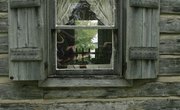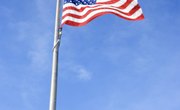Authorities use seals and stamps to characterize documents as legitimate. Seals may leave an embossed or raised impression on the paper, be imbedded as a watermark to deter forgery or be computer-generated. Stamps validate a document's originality and signatures with an inked emblem or identification. The use of a seal, a stamp or both depends on document type and state law.
Varied Seal Users
Government agencies use seals to certify vital records such as birth certificates, marriage licenses and death certificates as legal documents, while university registrars put the school seal on official transcripts. Engineers, architects, land surveyors and landscape architects must seal and sign the plans and drawings they prepare to acknowledge authorship and compliance with regulations. Notaries public in the U.S. Virgin Islands, District of Columbia and Alabama have to use a raised seal. Those in other states also must use an ink stamp when embossing papers.
Stamps More Prevalent
Notarized documents usually carry the notary public's personalized ink stamp so they photocopy well, according to the American Society of Notaries. States dictate the information on notary and professional stamps. Most give engineers and other licensed professionals the option of using a stamp or a digital version of their seals.
Related Articles
References
- Washington State Department of Licensing: Stamps and Seals: Engineers, Land Surveyors and On-site
- New York State Education Department: Important Information Concerning Seals for New Licenses
- American Society of Notaries: The Traditional Seal Embosser
- Kansas Board of Technical Professions: Seal and Signature Information
Writer Bio
Trudy Brunot began writing in 1992. Her work has appeared in "Quarterly," "Pennsylvania Health & You," "Constructor" and the "Tribune-Review" newspaper. Her domestic and international experience includes human resources, advertising, marketing, product and retail management positions. She holds a master's degree in international business administration from the University of South Carolina.











